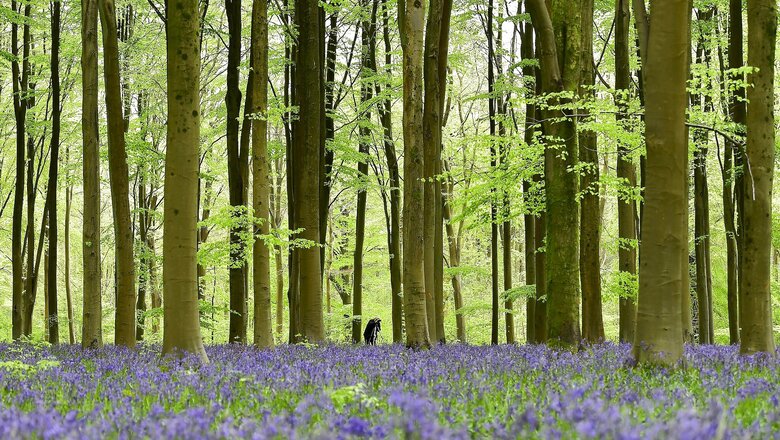
views
London: Documents dating back to the 16th century show that naturalist Charles Darwin was not the first to discover the existence of heterostyly - floral forms that differ in male and female sexual structures, scientists say.
However, Darwin was the first to provide an explanation for the functional significance of the two types of flower, researchers said.
In 1862, Darwin presented the case that some plant species have two floral forms that differ in height and arrangement of the male and female sexual structures - and adopted the term 'heterostyly'.
Darwin had published his hypotheses of Natural Selection in the Origin of Species (1859) - just a year before first noticing heterostyly.
The breakthrough influenced him to eventually unravel the origin and consequences of this reproductive mechanism.
But new research shows that Darwin was not the first to observe heterostyly. It had in fact been documented in a number of 17th and 18th Century botanical records.
The phenomenon had even been noticed as far back as the 16th century - a time when plants were studied and catalogued for their medicinal benefits and sometimes even for magic and spells. The true significance however of the two floral forms was not realised at the time.
"Darwin is widely recognised as the first to study pin and thrum flowers in Primula and importantly he was the first to provide an explanation for the functional significance of the two types of flower," said lead researcher Phil Gilmartin, from the University of East Anglia in UK.
"But while looking through illustrations from the book Flora Londinensis by William Curtis, I was struck by a Primula print which showed the two types of flower captured in a copper plate engraving dating back to the late 1700s. It predated Darwin's observations by more than 70 years," Gilmartin said.
This realisation triggered a journey into archives of botanical texts, letters, copper-plate prints, and drawings dating back to the 16th century - in search of earlier documents that could have influenced Darwin and the origins of his idea.
Gilmartin presented the full history of Darwin's discovery for the first time in his study.
"We already knew that heterostyly had been described as far back as 1583," he said.
"But this work pulls together all the existing documentation, including early floral prints, to trace the history of the idea - over three centuries," Gilmartin said.
"Going right back to the 16th century, much of the documentation was in the form of 'herbals' - descriptions of plants put together for medicinal purposes. These sorts of texts would sometimes also hold information about their magical powers and legends associated with them," he said.
"At least seven botanists, through the ages either drew or described the two forms of flower before Darwin made his observations," he added.
The study was published in the journal New Phytologist.

















Comments
0 comment